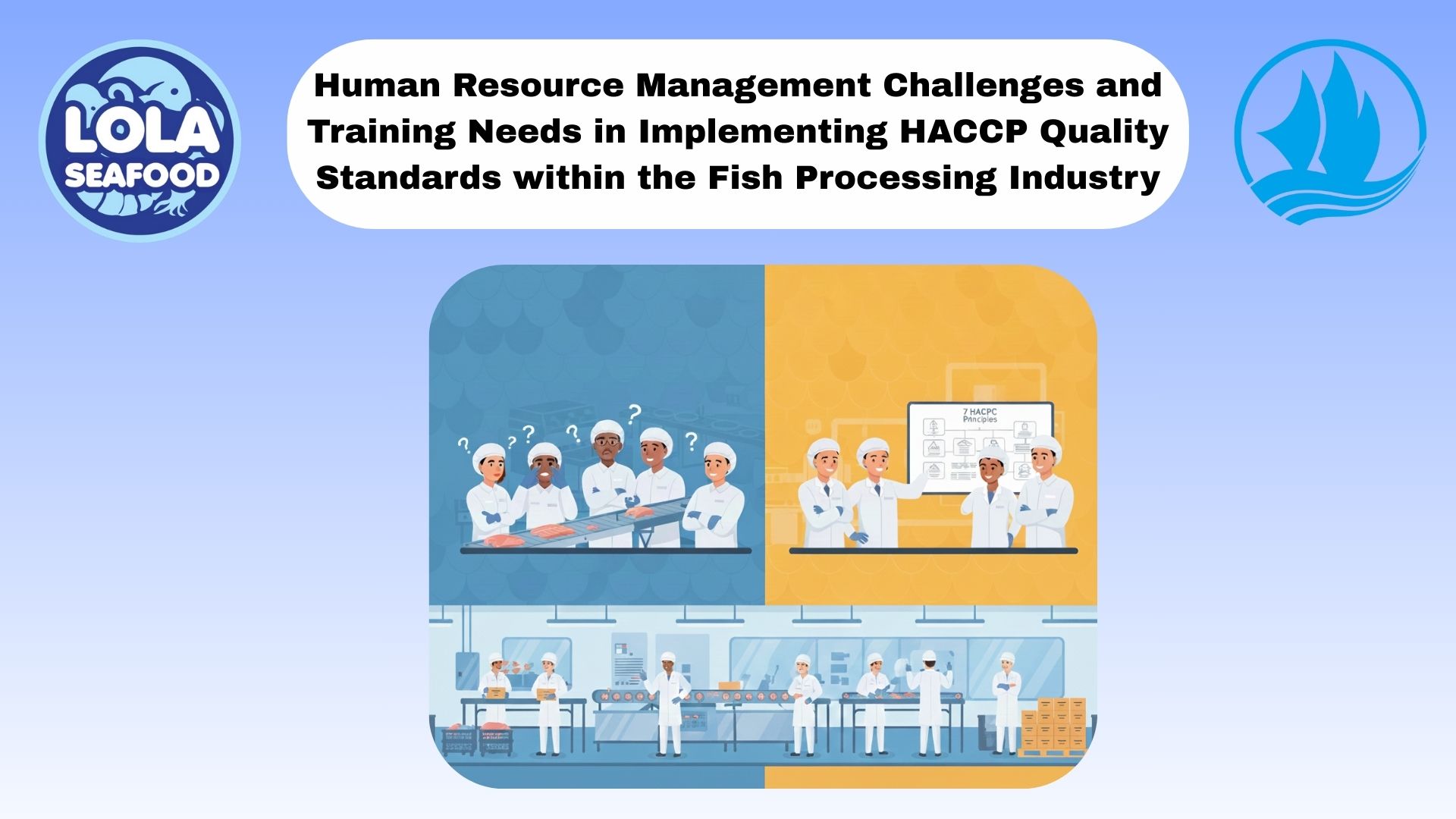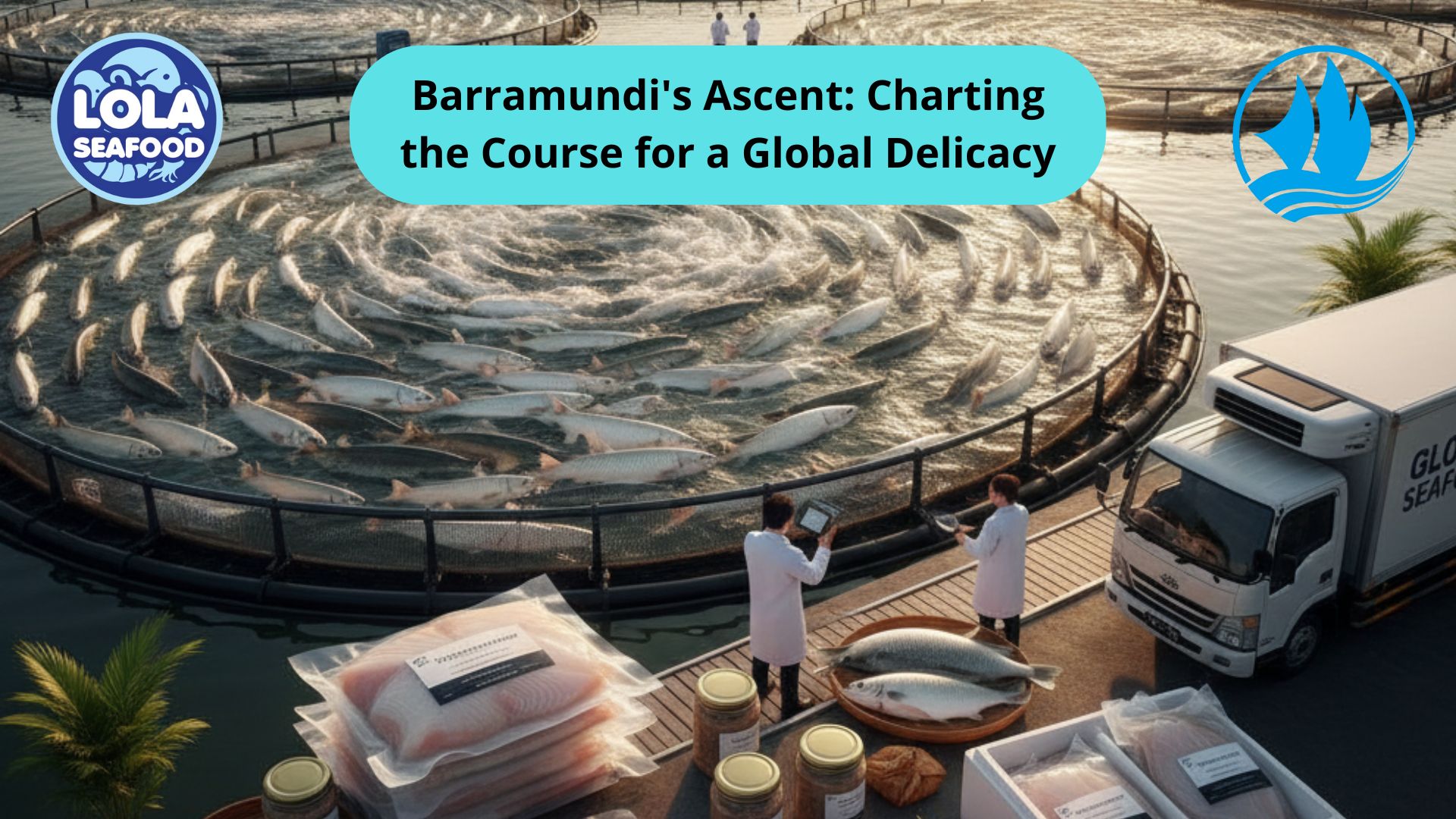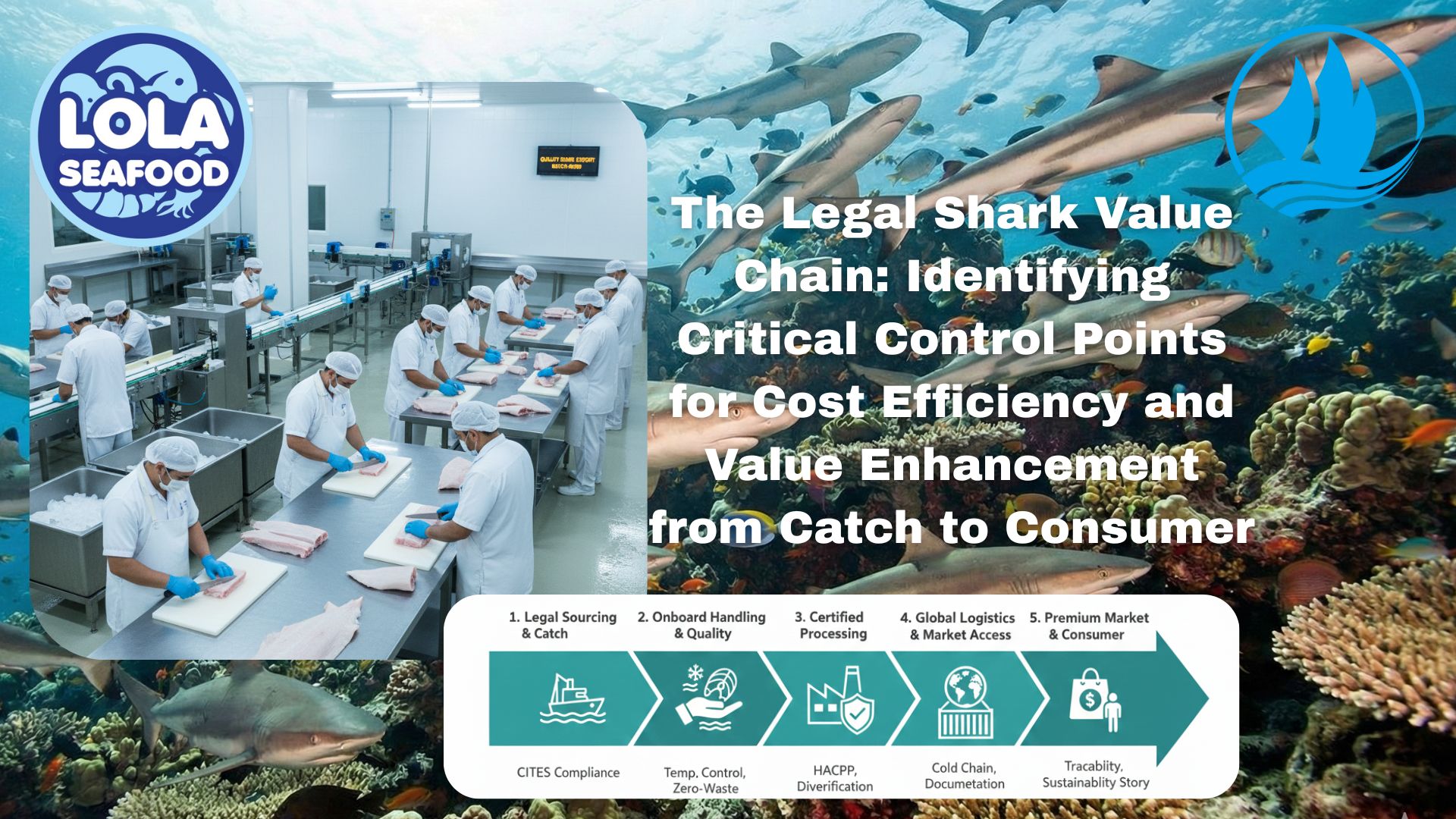5 Things You Should Know About White Seabream Living
By. Ely Kusniawati - 11 Feb 2025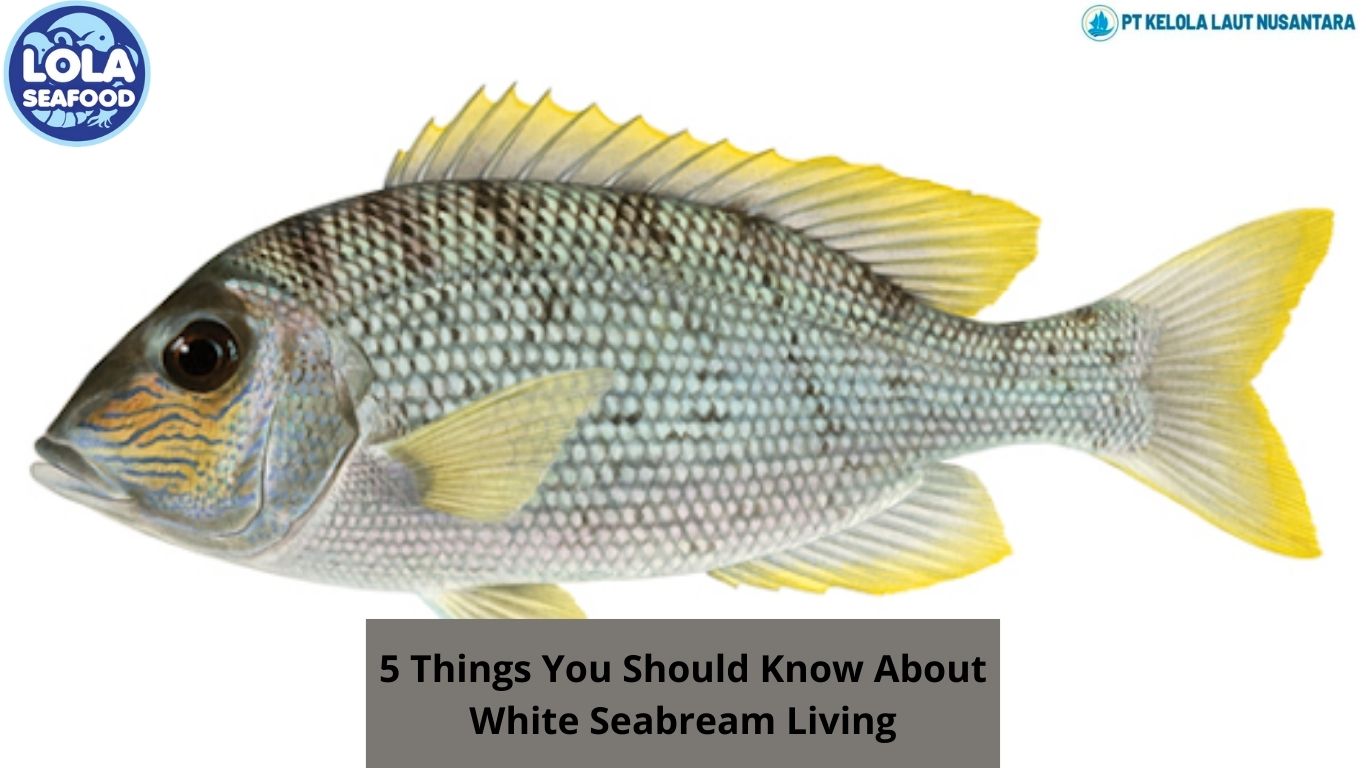
Kelolalaut.com The white seabream is a fascinating fish found in coastal waters, prized by both anglers and seafood lovers. This species thrives in various marine environments and plays an important role in the ecosystem. Whether you're a fishing enthusiast, a marine biologist, or simply curious about marine life, here are five essential things you should know about white seabream living.
1. Habitat and Distribution
White seabream primarily inhabits the eastern Atlantic Ocean and the Mediterranean Sea, from the coasts of Portugal and Spain to the warmer waters of West Africa. They prefer shallow coastal areas, rocky reefs, and seagrass beds, where they can find food and shelter. Juveniles tend to stay in protected areas such as estuaries and tidal pools, while adults venture into deeper waters up to 50 meters. Their ability to adapt to different marine conditions makes them a resilient species.
2. Diet and Feeding Behaviour
As opportunistic feeders, white seabream have a varied diet that consists of small crustaceans, molluscs, worms, and algae. Their strong jaws allow them to crush hard-shelled prey such as clams and barnacles. This diverse diet helps them thrive in different marine habitats. They typically forage near the seabed and are known to be most active during dawn and dusk, making these times ideal for fishing.
3. Social Behaviour and Adaptability
White seabream are social fish that often form small to medium-sized schools, especially when they are young. This schooling behaviour provides protection against predators. However, as they grow older, some individuals become more solitary. They are also highly adaptable, able to survive in environments with varying salinity levels and temperatures. Their resilience to environmental changes makes them an important species in the ecosystem.
4. Reproduction and Lifespan
One of the most interesting aspects of white seabream biology is their hermaphroditic nature. Many individuals start life as females and later transition to males as they grow larger. This reproductive strategy, known as sequential hermaphroditism, helps maintain balanced populations. Spawning typically occurs between late winter and early summer when water temperatures rise, with females releasing thousands of eggs into the open water. White seabream can live up to 10 years, although most individuals reach around 6 to 7 years.
5. Importance in Fishing and Cuisine
White seabream is a popular target for both commercial and recreational fishing due to its delicious, firm, and mild-tasting flesh. It is commonly caught using hooks, nets, and spearfishing techniques. In Mediterranean cuisine, it is often grilled, baked, or pan-fried with simple seasonings like olive oil, garlic, and lemon. Due to its popularity, sustainable fishing practices are essential to prevent overfishing and ensure healthy populations for future generations.
If you are intrested in our Goldband / Crimson Snapper Whole Round, Goldband / Crimson Snapper Fillet Skin On, White Snapper / Robinson Seabream / Seabream Whole Round / Whole Gilled Gutted Scaled, White Snapper / Robinson Seabream / Seabream Fillet Skin On, Snapper Whole Round / Whole Gilled Gutted Scaled, Red / Scarlet Snapper Fillet Portion, Red / Scarlet Snapper Fillet Skin On, Snapper Fillet Skinless please do not hesitate to contact us to email and / or whatsapp
.jpg)
The Impact of HACCP-Based Integrated Quality Management Programs on the Quality and Competitiveness of Fresh Demersal Fish Products
 and Employee Productivity on the Demersal Fish Processing Floor.jpg)
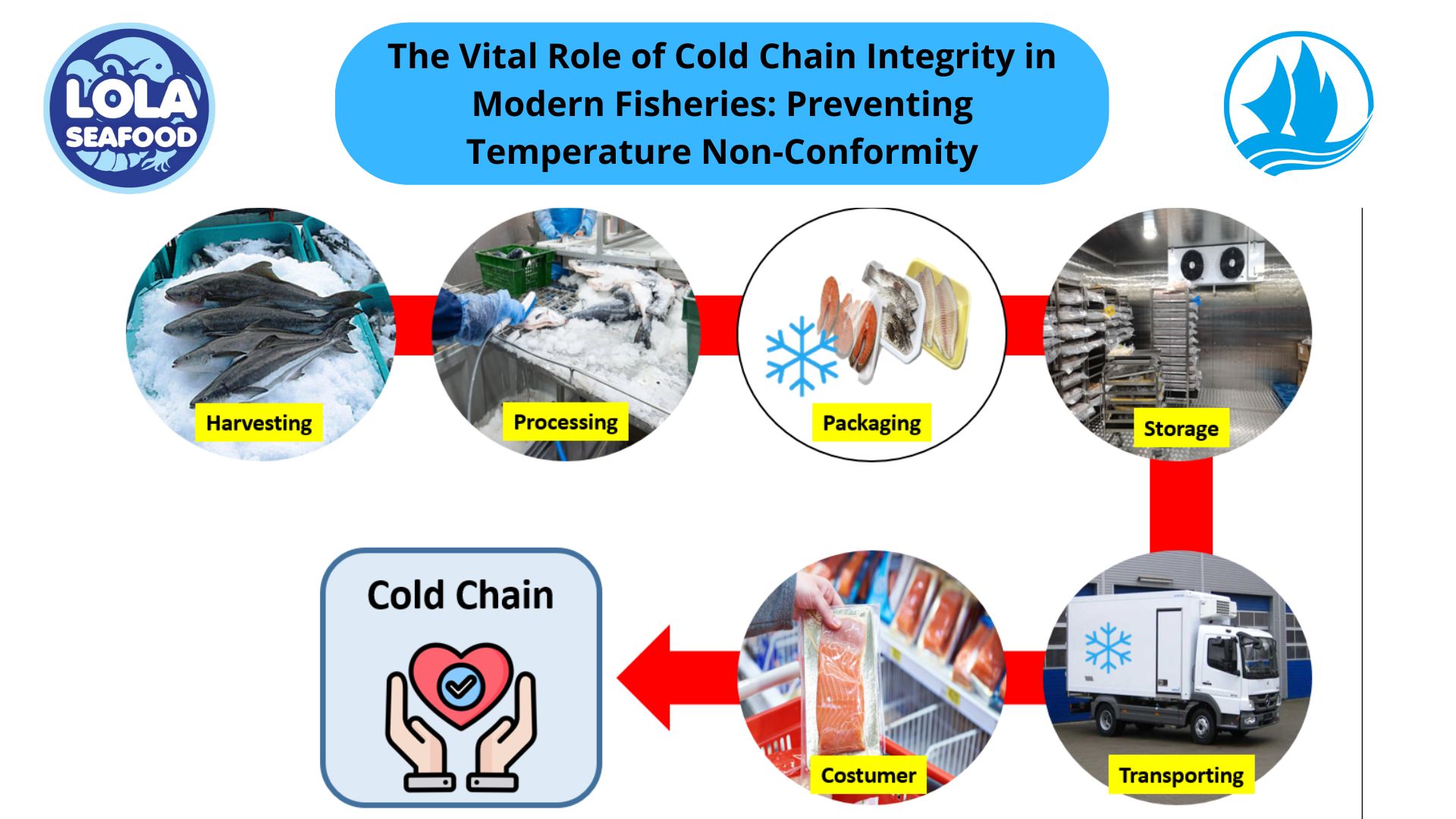
.jpg)

